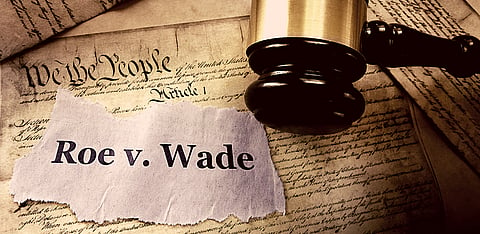International Law & World Affairs
Roe versus Wade fifty years on: What does its fall teach us about the fragility of democratic institutions?
A politicised and polarised Supreme Court does not bode well for democracy. Polarisation of the Supreme Court is detrimental to its legitimacy.

